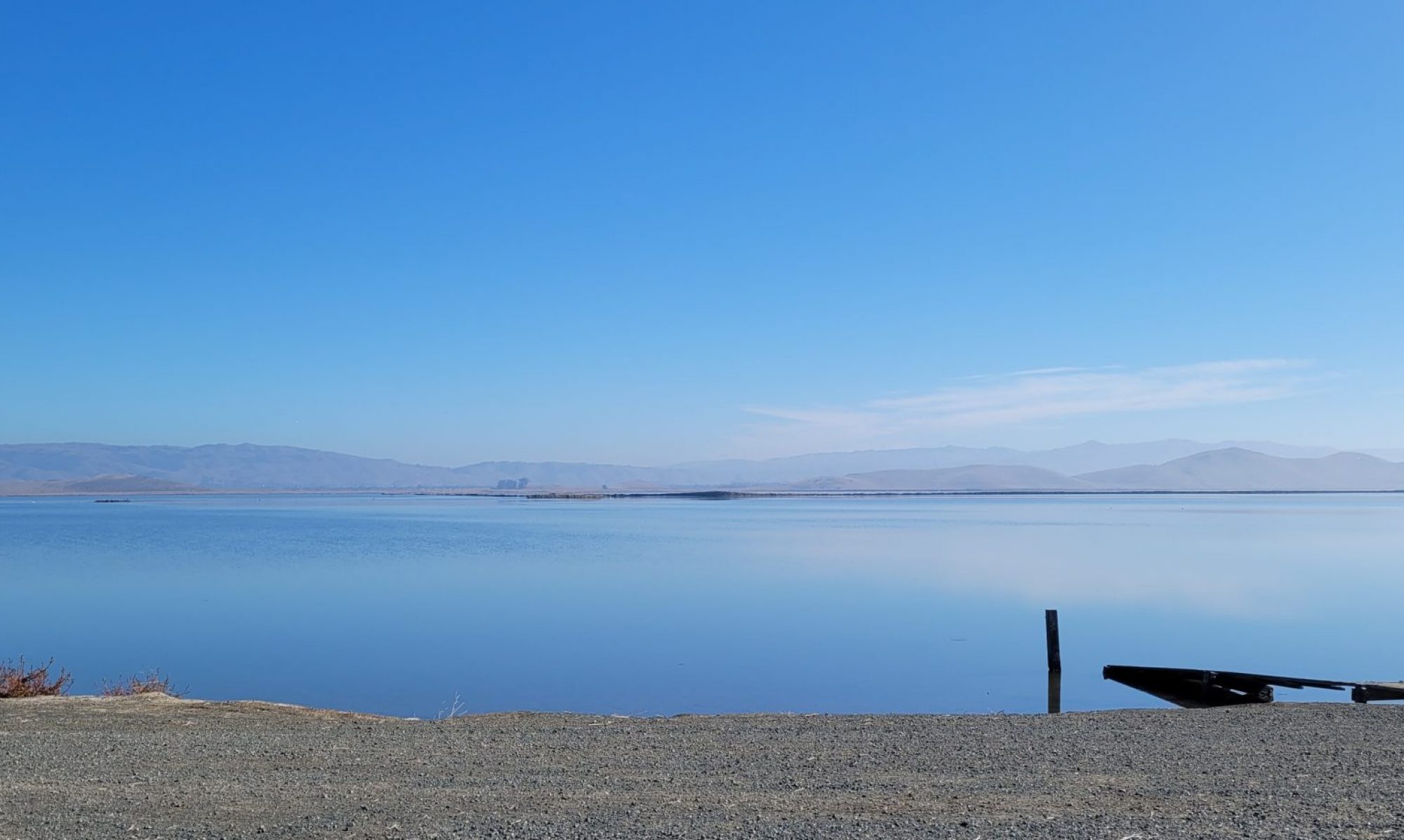
What is our responsibility to the past? Must we remember things as they were, and, if we must, how and why?
Yesterday, we visited the “last remaining medieval castle” in Germany. But other cities and other castles had been destroyed and rebuilt. Art had been hidden in bunkers, then replaced with missing bits filled in. The famous castles along the Rhine were mostly built after 1850, and you can tell the medieval English style chosen for design from the medieval German style chosen, by 19th century architects. The Germans have found many ways to embrace their past. How do they approach their history, and can we learn from it?
Recreating What Was
As we walked around Marksburg castle, a historical site near Koblenz on the Rhine in western Germany, our guide kept emphasizing that these were the original timbers, the authentic tapestries, the slippery stone steps that prevented attack, which have never been improved in nearly a thousand years. Imagine storming this medieval castle! Imagine the duke sleeping upright in the tiny bed or using the stone toilet in the Great Hall while the door was open!
Tourist sites emphasize these ideas of real, authentic, preserved, or original. But much of what we’ve seen in Germany had decayed or had been destroyed and was decidedly not original. Does it matter? Germany makes the argument repeatedly that it does not matter whether it is authentic or original. What matters is the memory.
Continue reading “Up the Main/Rhine: Restoration”
